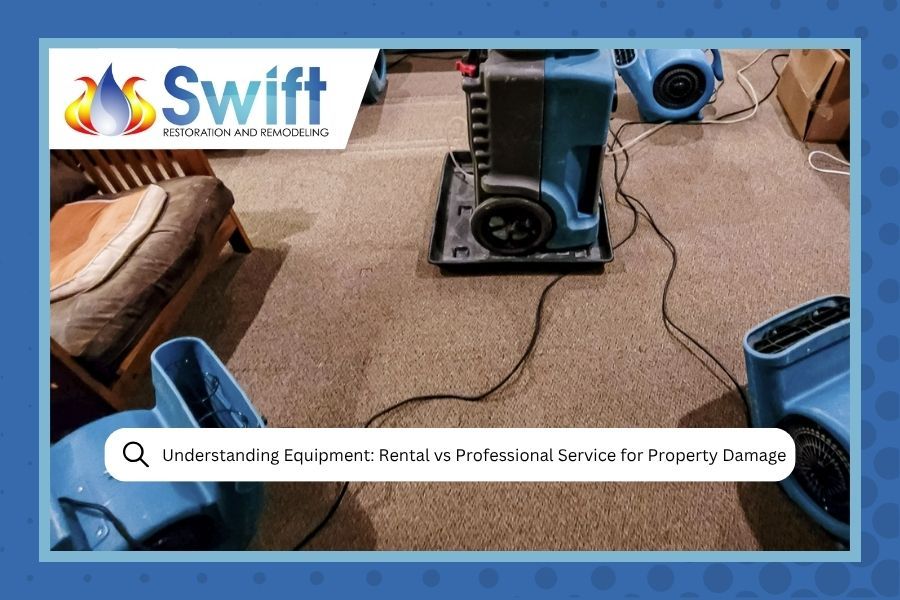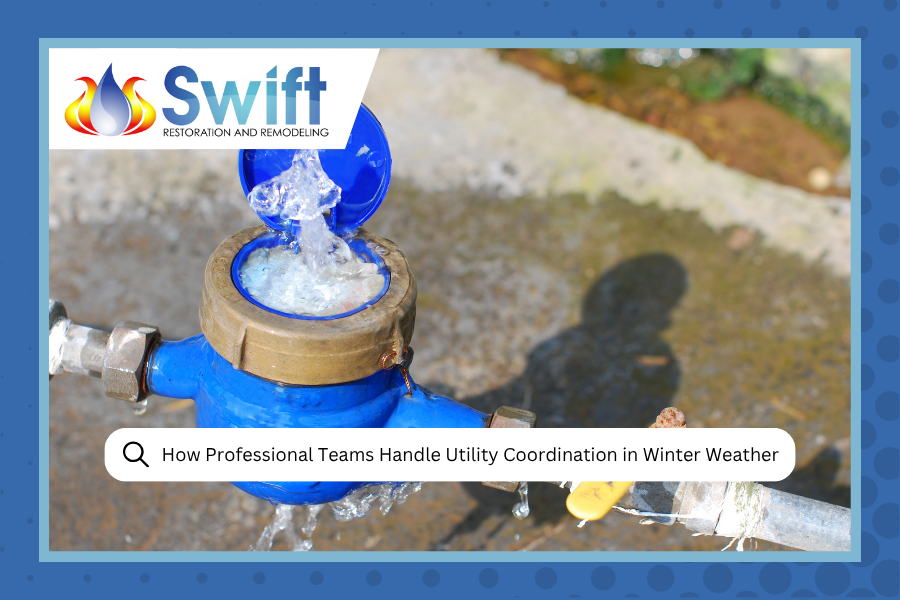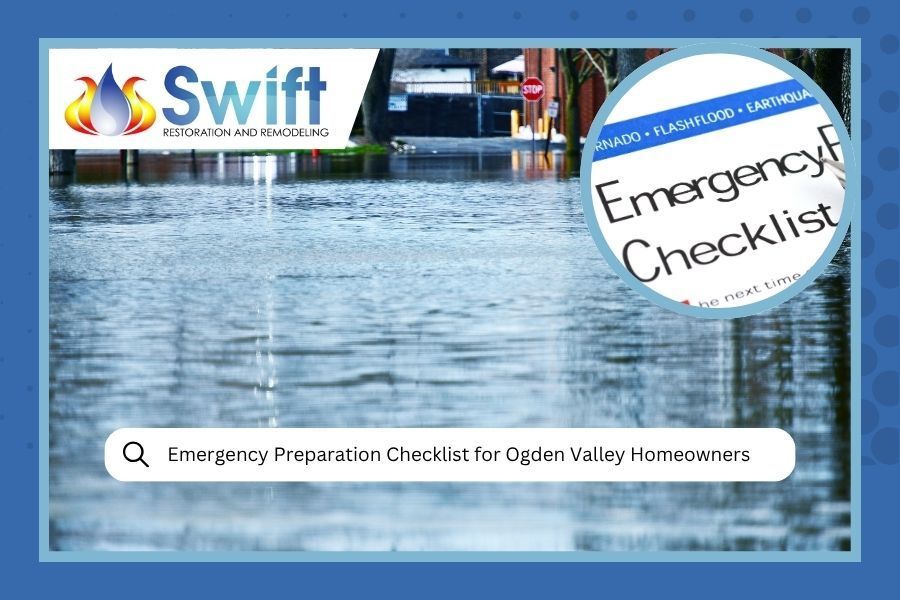
Author: Darin Jenks
If your home has recently suffered from water damage in Ogden, you might think that is the only concern you have at the moment. However, mold is just around the corner anytime you are dealing with standing water in your home. In fact, mold can creep in before you even start the water damage restoration process, so it is important that you keep it in mind.
How fast does mold grow from water damage?
To give you a general idea,
FEMA states that mold and mildew will develop within 24-48 hours following water damage. If you think that sounds bad, it gets worse. The mold will continue to grow and spread rapidly until you have eliminated the water from your home.
It’s important to remember that that timeframe is just an estimate. There are several factors that can speed up or slow down mold growth, and you can learn more about them here.
Time
When dealing with water damage, you’ll often hear that time is your biggest enemy. Not only can it lead to further structural problems, but it can also impact the rate of mold growth. The longer you let the dirty water sit inside your home, the more mold has an opportunity to develop in that area.
If you want to minimize your chances of mold, you should eliminate the source of the damage and extract the standing water as soon as possible. It’s critical that you hire a team of professionals to help you with this process. Their industrial-grade pumps and vacuums can extract water faster than other methods.
Temperature
Even if you have removed all the standing water, you aren’t out of the woods until the house is completely dry. All of the water that has saturated your flooring, walls, and furniture can still lead to mold problems, especially if the temperature is just right.
Mold thrives in warm, moist conditions. If your flood was caused by a summer storm, your home may be exposed to warmer weather. This increased temperature can drastically speed up mold growth. If possible, you should try to keep your home cool inside to stop the spread. This may require you to run your HVAC system, but you should talk to your
water damage experts to make sure it is safe first.
Ventilation
It’s important that you let air flow through your home if you want to help with the drying process. Without any ventilation, the air inside your home can become humid and trapped. Mold loves this kind of environment, but you can slow its growth by increasing the movement of dry air. If there is low humidity outside, you can simply open your windows and let a dry breeze blow through the different rooms.
Fortunately, Utah doesn’t suffer from the ultra-humid summers you’ll find in other states. However, you still should use caution when opening windows in warmer months. As you’ve already learned, these increased temperatures can speed up mold growth. Instead, it’s best to keep your house sealed up in the summer. You can run ceiling and box fans instead.
Read About - Health Risks Associated with Water Damage
Find out More About The Risk of Mold Growth from Water Damage
Do you have any questions about how fast mold grows from water damage? Are you in need of mold remediation services? If you answered yes to either question, you should pick up the phone and contact a professional water damage restoration company.
Fortunately, you don’t have to look far to find experts in the greater Ogden area.
Swift Restoration and Remodeling is here to help when disasters happen. You can call for more information at (385) 402-8204, or you can request a free, in-home estimate by filling out their online form.








